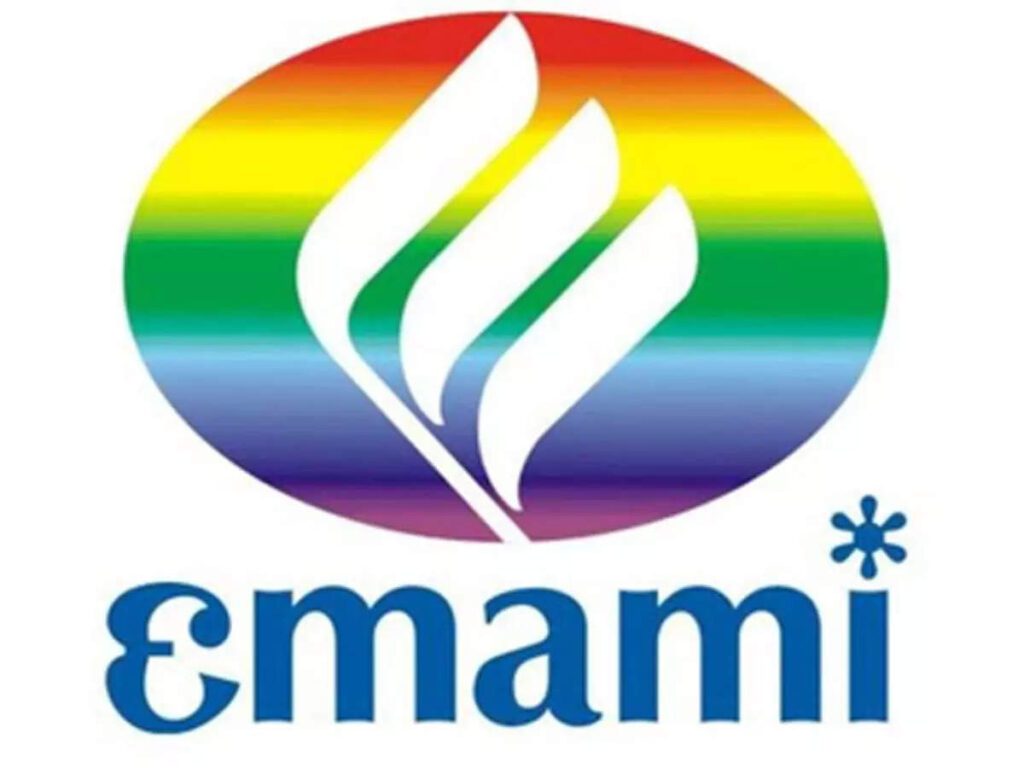Forgotten Brands – Chandamama

Famous for its unique illustrations and stories, Chandamama was a renowned children’s magazine published monthly.
In July 1947, Chakrapani and Nagi Reddi began publishing “Chandamama” in Telugu. Chakrapani was the magazine’s first editor. Nagi Reddi, a prominent South Indian film producer, oversaw its printing and publication. Chakrapani, a friend of Nagi Reddy’s, was the driving force behind the magazine; his foresight, intuition, and knowledge of the target audience made the publication successful.
From 1952 until his death in August 1980, Kodavatiganti Kutumbarao, a personal friend of Chakrapani and a literary giant in Telugu literature, edited the magazine.
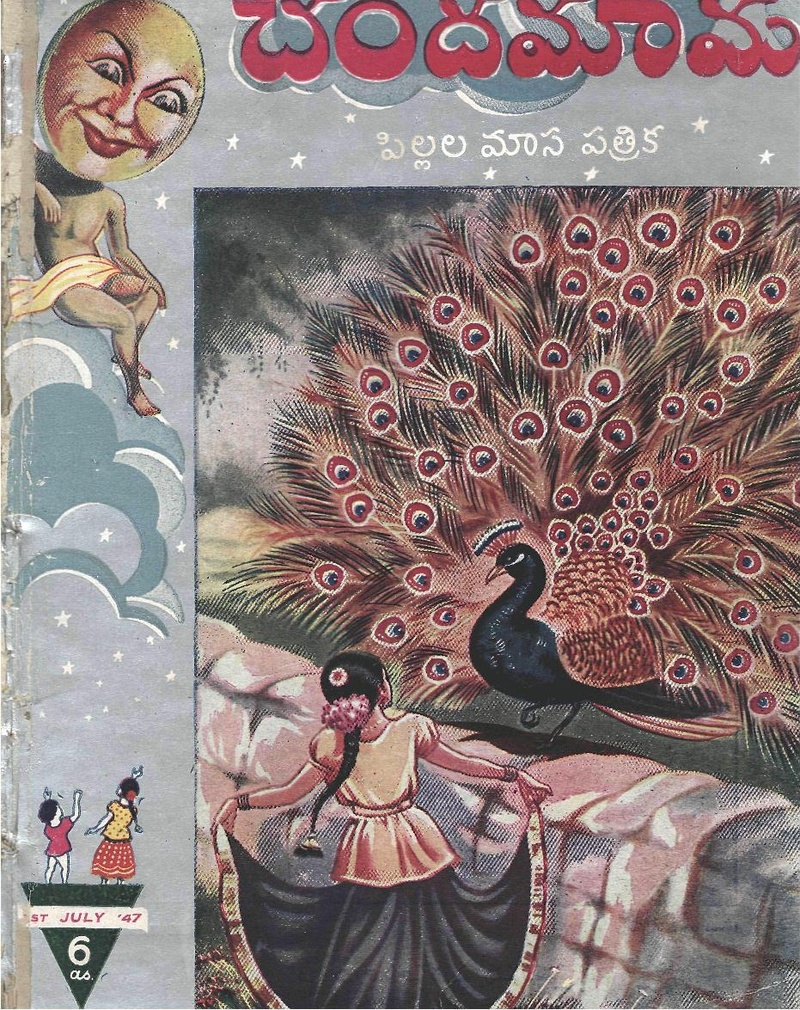
The Magazine
Kutumbarao wrote all of the magazine’s critical articles and helped expand the journal by supporting and promoting new Telugu authors to conform to the style he popularised in Andhra Pradesh and among Telugu speakers worldwide. Dasari Subrahmanyam, whose serials Patala Durgam etc., were also massive hits, wrote some of the tales and folklore elements.
Distinctive Narrative
The magazine popularised the technique of writing third-person narratives in the manner of an elderly relative, with a consistent theme of morality running through each tale.
Various Indian and foreign writings, both ancient and contemporary, have been mined for the published tales. Many exciting tales of mythology, stories, myths, parables, and valuable hearsay were made to nourish young minds and set them on a path toward doing the right things in life.
Chandamama’s contents have evolved. Stories and poetry (particularly the spare, metrical poems of Navagirinanda) were also essential to early Chandamama. Standard sections were Reader Mail, Chandamama Gossip, World Mysteries, Indian History, and Freedom Fighters, although none went more than four or five pages. As a result, the ratio of informational to instructional content was relatively low.
Editions
Chandamama, published in thirteen languages, including English, was read by roughly 200,000 people.
In July 1947, the Tamil version of Chandamama (titled Ambulimama) was released. In July of 1949, the Kannada edition debuted, and the Hindi version did as well in August of the same year. Since its initial publication in April 1952 in Marathi (as Chandoba) and Malayalam (as Ambili Ammavan), subsequent editions were published in Gujarati (1954), English (1955), Odia (1956) and Sindhi (1956), Bengali (1972) as Chadmama, Punjab (1975), Assamese (1976), Sinhala (1978), Sanskrit (1984), and Santali (2004). There was a brief window when versions were available in Punjabi, Sindhi, and Sinhala. No English versions were released From October 1957 to June 1970. In 1998, the magazine stopped being published because of a strike. But a year later, the magazine was back on newsstands.
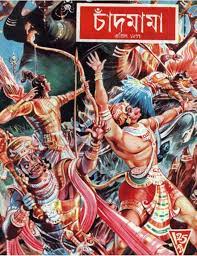
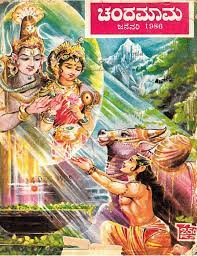
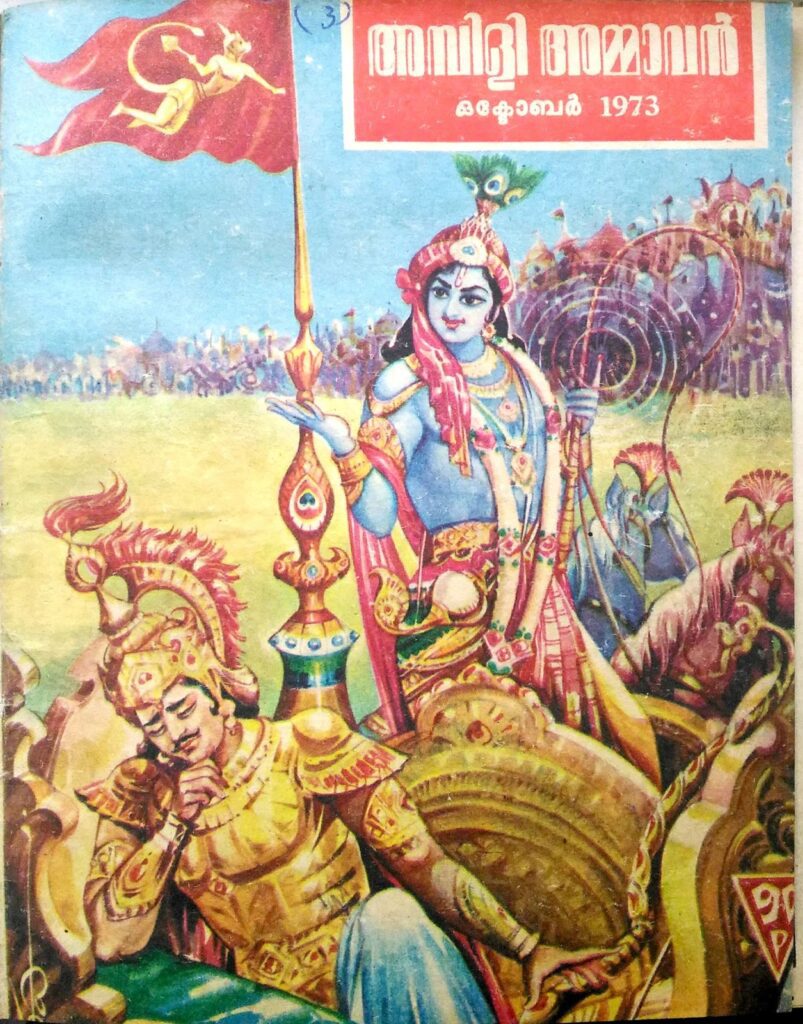

Artists
Chandamama’s artists set the tone for the magazine’s aesthetic for decades. M. T. V. Acharya, T. Veera Raghavan (who went by the pen name Chithra), Vaddadi Papaiah (aka Vapa), Kesava Rao (aka Kesava), M. Gokhale, and K. C. Sivasankaran (alias Sankar) all became members of Chandamama in 1951. Shakthi Dass, M. K. Basha (under the pen name Razi), Gandhi Ayya (also known as Gandhi), and P. Mahesh (Mahe) are only a few of the later artists who have carried on the style into the present day. Line drawings were employed for the artwork inside, while four-colour printing was used for the covers. Although every page of Chandamama had an illustration, it is not a comic book in the traditional sense, except for the Chitra-katha section.
The 1970s and 1980s were the heyday of Chandamama. Later, when other forms of media, such as television and new comic books, emerged, its popularity diminished.
Despite maintaining a stable readership of roughly half a million, the magazine’s publication was given a halt in October 1998.
Now
Geodesic Information Systems, a technology firm, bought Chandamama in 2007. The magazine’s current status is uncertain. Intellectual property is anticipated to be auctioned off in due course. The magazine’s proprietors let the official website lapse, and this current domain needs to be connected to Chandamama.
Thanks to its many devoted admirers, Chandamama’s heritage remains well maintained. Volunteers and fans of the cult magazine across India have created an unauthorized website to digitize and preserve its articles. Back issues of the magazine are available on the internet to 1947 and in many languages.
Reference
https://en.wikipedia.org/wiki/Chandamama



